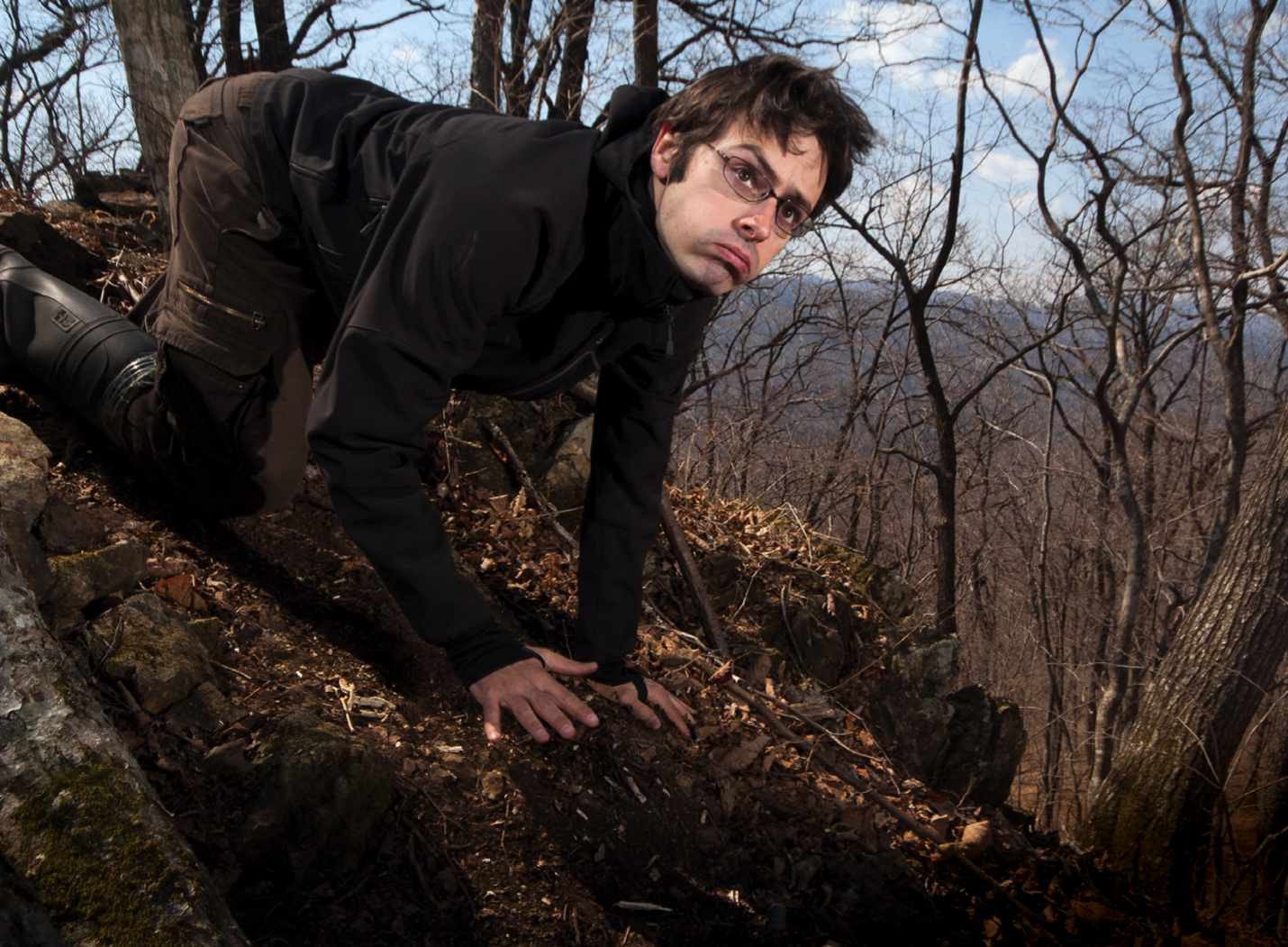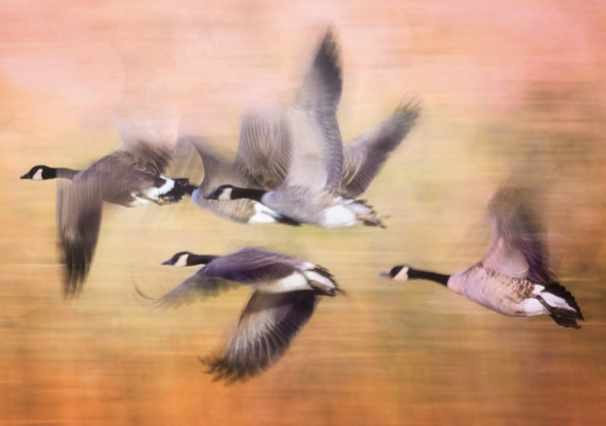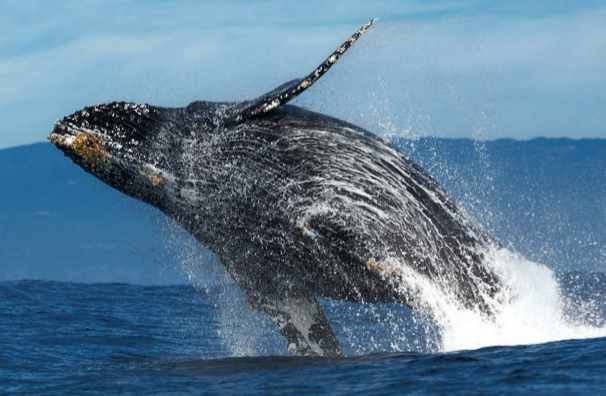Emmanuel Rondeau on pouncing tigers and vanishing vultures

How did you get into photography?
I grew up in a city and felt trapped. Seeking out wildlife was the exact opposite, and photography has always been my ‘thing’.
Which shot is most important to you?
An image of a jaguar that I captured on my very first project – aself-funded, threemonth trip to Costa Rica. After walking 2,000km and losing 10kg, I got the shot on the very last day.
You spent time with the military in French Guiana. Can you tell us why, or would you have to kill us?
I was documenting an operation to destroy an illegal gold-mining camp – illegal mining is a huge threat to the rainforest. After an eight-hour trek, we found the camp, complete with miners, and everything went crazy. But please don’t tell anyone…
What has been your scariest encounter?
In Nepal, I went to see a tiger that had been injured in a road accident and placed in an enclosure. When I pulled back the curtain around it, it roared and pounced, stopping centimetres from my head on the other side of the bars. I have never experienced fear like it. I thought I was already dead.
What’s the most remote place your work has taken you?
French Guiana. This part of the Amazon is an ocean of hilly forest. It took four days just to reach our base camp.
Any ‘oh drat it’ moments?
There have been many. The most recent was when I was filming vultures. One morning, a rare Egyptian vulture flew right in front of me, which happens about once every five days. I don’t know what happened, but I completely missed it. I had to watch as it flew peacefully off into the distance.
What’s your worst investment of time on a shoot?
In my 20s, I went to Costa Rica with a friend. We’d had a tip-off that harpy eagles had been sighted. We spent three weeks searching and got absolutely nothing – just a lesson in double-checking your sources.
Emmanuel Rondeau is a wildlife photographer and film-maker: emmanuelrondeau.com
How to take photographs of action and behaviour
Hunting, fleeing, feeding, playing and even sleeping… it’s a great achievement to capture a slice of animal action. Here are three top tips:
• UNDERSTAND HABITS
Learn as much as you can about the animal you want to photograph. The more you study it, the more you can predict what it might do.

• SPEED IT UP
To capture an animal in movement, use fast shutter speeds of 1/2,000, 1/3,000 or higher. Or use a slightly slower shutter speed for blurring.
• BE PREPARED
Know your camera, rather than playing with the dials as a oncein-a-lifetime moment passes you by. Test your settings and take practice shots in advance.
